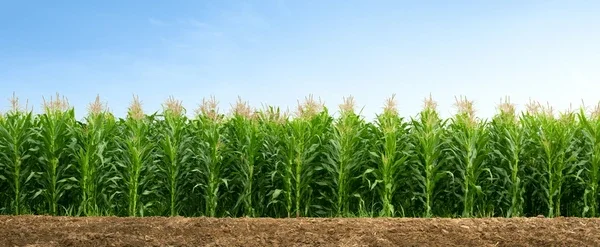From the docks of the Port of Santos, a 58-terminal complex covering an area the size of 1,500 American football fields, ships loaded with soybeans prepare to set sail for China.
Read MoreThe U.S. Soybean Export Council (USSEC) constantly works towards building and strengthening relationships between U.S. Soy customers, value chain members and farmers. One of the most effective ways to do this is to literally make it possible for them to stand out in a U.S. soybean field together.
Read MoreEach year the LSU AgCenter tests both commercial and experimental soybean varieties entered in the state Official Variety Trials by private seed companies and university breeding programs. The LSU AgCenter also includes a reduced number of varieties in large-plot, on-farm demonstrations to increase the number of locations and environments in which varieties are evaluated. From these, a grower should choose several adapted to an individual farm. Information in the tables can help producers make these important decisions
Read MoreAn ag transportation specialist says low water conditions continue to impact the lower Mississippi River.
Read MoreA new analysis shows Louisiana farmers were among the hardest hit in the country as U.S. agricultural exports to China sharply declined in 2025.
Read MoreFarmer-leaders of the United Soybean Board (USB) elected Brent Gatton from Bremen, Ky., as the new chair during the organization’s December board meeting in St. Charles, Mo. He’s joined by nine newly elected farmer-leaders to serve alongside him on the Executive Committee for the upcoming year.
Read MoreTreasury Secretary Scott Bessent says China is making progress on its commitment to buy U.S. soybeans, hitting the “correct cadence,” with purchases expected to wrap by February 2026 — underscoring ongoing trade commitments and support for farmers.
Read MoreRow-crop producers across the South faced another difficult year in 2025. Weather challenges led to wide yield variability across much of the region. Even where yields were strong, low commodity prices and persistently high input costs kept margins tight, leaving many operations near or below breakeven for a third straight year. Shifts in acreage were common, with corn gaining ground at the expense of cotton and, in some areas, soybeans.
Read MoreAg Marketing IQ: Dry weather in Brazil threatens soybean yields and promotes U.S. export potential. If South American production falls, and China buys, the bulls will run the futures market—potentially to $17.
Read MoreReuters' Karl Plume reported that "two cargo vessels were headed for grain port terminals near New Orleans on Monday to load with the first U.S. soybean shipments to China since May, according to a shipping schedule seen by Reuters. A third vessel was en route to a Texas Gulf Coast grain terminal to be loaded with China-bound U.S. sorghum in the coming days in what will be the first American shipment of the feed grain to China since mid-March, the shipping schedule showed."
Read MoreTwo cargo vessels were headed toward grain port terminals earlier this week near New Orleans to load with what will be the first U.S. soybean shipments to China since May. A third vessel is moved toward a Texas Gulf Coast terminal to be loaded with U.S. sorghum bound for China, marking the first American shipment of the feed grain since mid-March.
Read MoreThe co-founder of AgMarket.net says he expects U.S. farmers to plant fewer corn acres in 2026.
Read MoreChina bought at least four more cargoes of U.S. soybeans on Tuesday night, two China-based traders with knowledge of the deals said, extending a wave of hefty purchases earlier in the week that pushed Chicago soybean futures to a 17-months high.
Read MoreFollowing six missed reports, the USDA has released the first Crop Progress report since the government shutdown ended. Here’s a look at corn, soybean, and wheat crop progress for the week ending Nov. 16.
Read MoreA meeting of the Louisiana Soybean and Grain Research and Promotion Board has been scheduled for November 19-20, 2025 and November 21, 2025 in Baton Rouge, LA.
Read More














